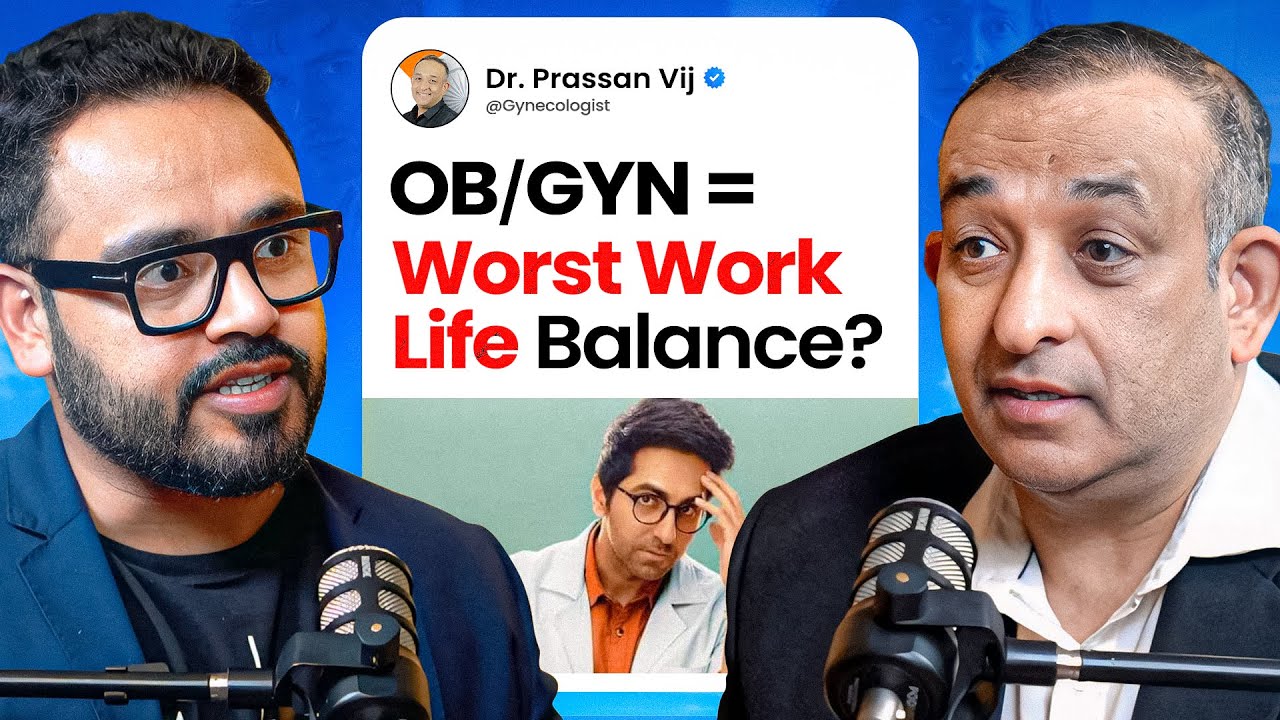NEW YORK (Reuters Health) – For the majority of women undergoing gynecologic surgery for benign conditions, intermittent pneumatic compression provides sufficient protection against venous thromboembolism (VTE).
Women at increased risk for blood clots, including older women with cancer or a history of VTE, will need additional pharmacologic prophylaxis.
These are findings of a systematic review of relevant randomized clinical trials reporting on VTE prophylaxis specifically in gynecologic surgery, published in the latest issue of Obstetrics & Gynecology.
A companion paper in the journal suggests that VTE prophylaxis is underused in this patient population.
The review is the work of Dr. David D. Rahn, of University of Texas Southwestern Medical Center, Dallas, and the Systematic Review Group for the Society of Gynecologic Surgeons.
They reviewed a total of 14 randomized clinical trials that variously investigated low-dose heparin, low molecular weight heparin, and intermittent pneumatic compression in benign gynecologic surgery and in gynecologic oncology patient populations. Only three of them were placebo-controlled.
In the benign gynecologic surgery population, the data suggest an overall incidence of clinical VTE of 0% to 2%. When intermittent pneumatic compression devices are routinely used during benign major procedures, clinical VTE incidence remains less than 1%, the authors report.
“The literature supports that most benign gynecologic patients undergoing major surgery will have sufficient prophylaxis with intermittent pneumatic compression alone,” Dr. Rahn told Reuters Health.
No cases of VTE were found in studies of benign laparoscopic procedures, even without prophylaxis. The authors note, however, that the overall quality of the evidence in the benign gynecologic surgery literature is “poor.”
In the gynecologic oncology surgery population, the overall incidence of VTE ranges from 0 to 14.8% in women who receive some form of prophylaxis and up to 34.6% without any prophylaxis, the authors note.
They also report that evidence of “fair quality” supports that unfractionated heparin and intermittent pneumatic compression are both superior to placebo or no intervention but “insufficient” to determine whether heparins are superior to intermittent pneumatic compression for VTE prevention.
The key limitation in the review, the authors note, is the level of evidence on which they base their suggestions. Their “meticulous” review of the literature, they say, yielded “relatively few robust” randomized controlled trials assessing VTE prophylaxis in gynecologic surgery populations.
As a result, the five clinical practice guidelines outlined in the paper were graded as level 2C, “meaning low quality of evidence that supports a suggestion (as opposed to recommendation),” they write.
The group notes that their conclusions and suggested clinical practice guidelines are “similar and complementary” to existing ones from American College of Obstetrics and Gynecology Practice Bulletin and the American College of Chest Physicians.
VTE Prophylaxis Underused in Gynecologic Surgery
Dr. Rahn told Reuters Health, “It may come as a surprise to practicing gynecologists the paucity of high quality literature informing the best means of venous thromboembolism prophylaxis, especially among women with benign gynecologic conditions and those undergoing less invasive or laparoscopic procedures.”
In a linked commentary, Dr. Daniel Clarke-Pearson of University of North Carolina, Chapel Hill, makes the point that, “Although there is a paucity of trials specific to gynecologic surgery, it would be unfortunate if gynecologic surgeons ignored the large number of randomized clinical trials in the general surgical and urologic literature that clearly support the value of [VTE] prophylaxis.”
Yet, according to the related paper in the journal, a substantial number of women having major gynecologic surgery are not receiving any VTE prophylaxis. Dr. Clarke-Pearson calls this finding “troubling” and “concerning.”
For their study, Dr. Jason Wright from Columbia University College of Physicians and Surgeons in New York probed an administrative database of more than 738,000 women who had major gynecologic surgery between 2000 and 2010 at 500 hospitals.
Based on billing information, 46.6% received mechanical prophylaxis, (graded compression stockings, intermittent pneumatic compression, or graded compression stockings and intermittent pneumatic compression), 5.5% received pharmacologic prophylaxis (low-dose heparin or low molecular weight heparin), and 8.4% received a combination of pharmacologic and mechanical prophylaxis.
However, 39.6% received no VTE prophylaxis at all. “We were surprised by the findings,” Dr. Wright told Reuters Health.
“Recommendations for VTE prophylaxis have been in place for many years now and despite efforts to improve prophylaxis a large percentage of women did not receive prophylaxis,” he noted.
“VTE is a life threatening complication that is easily preventable with appropriate prophylaxis. For each patient, it’s important to at least consider prophylaxis,” he added.
Reference:
Obstet Gynecol 2011;118:973-974,978-986,1111-1125.






